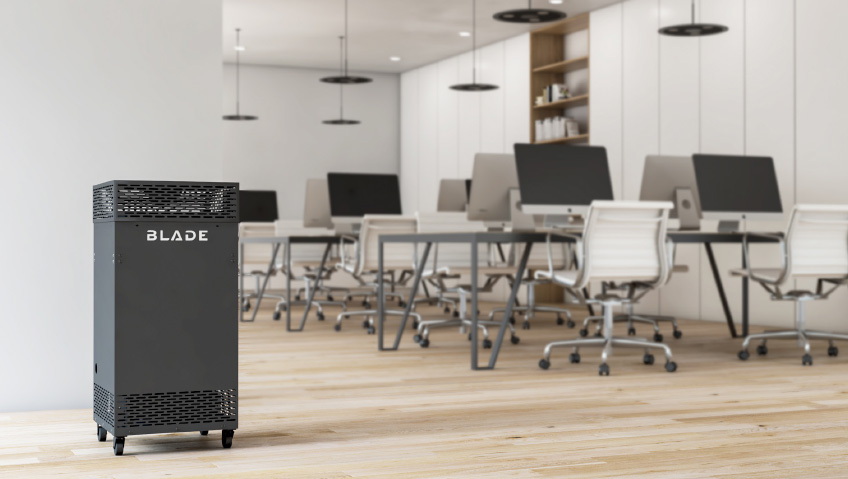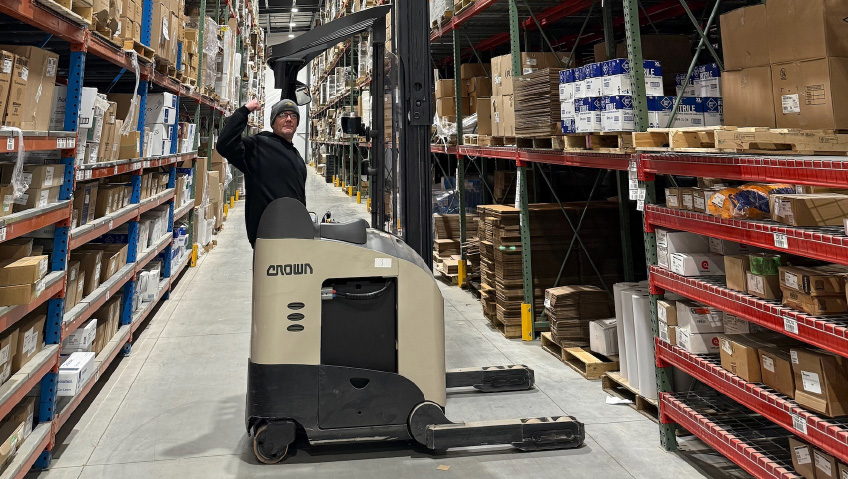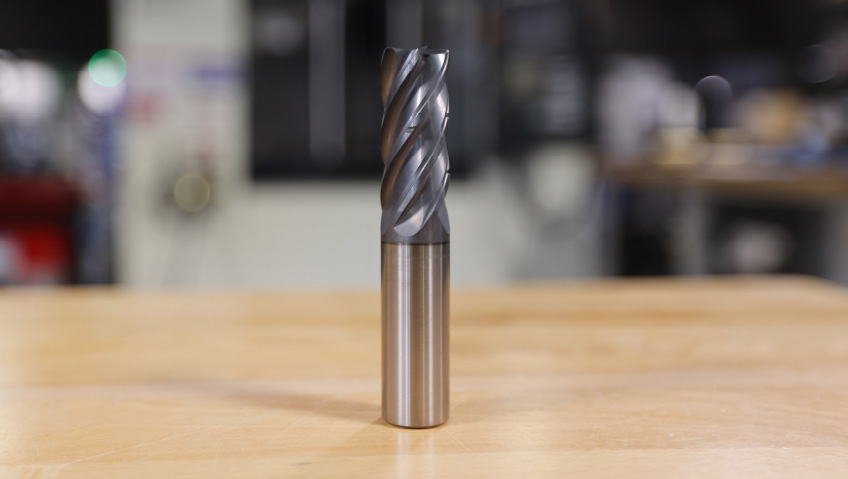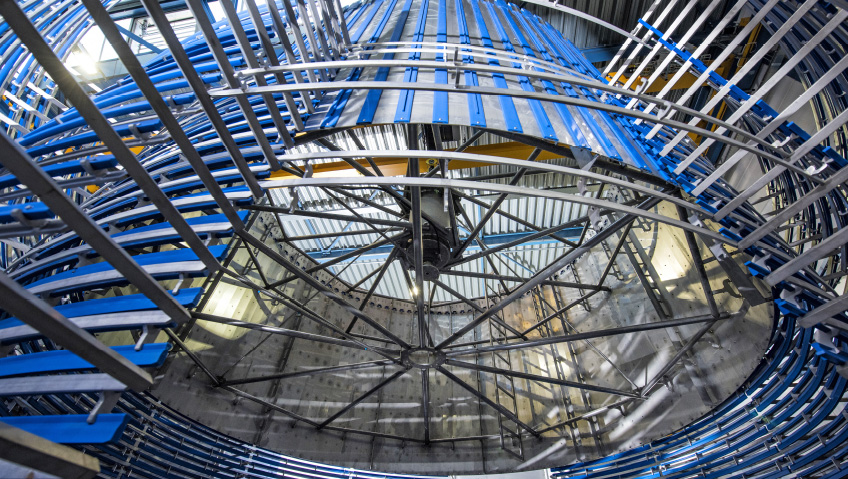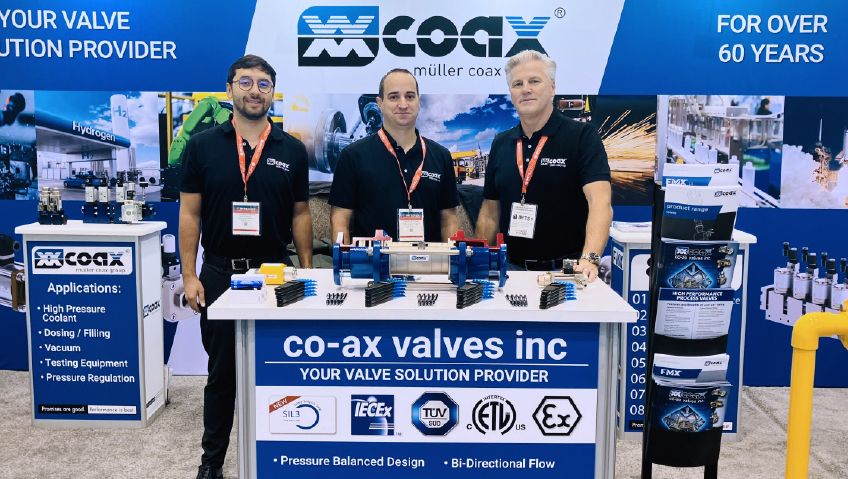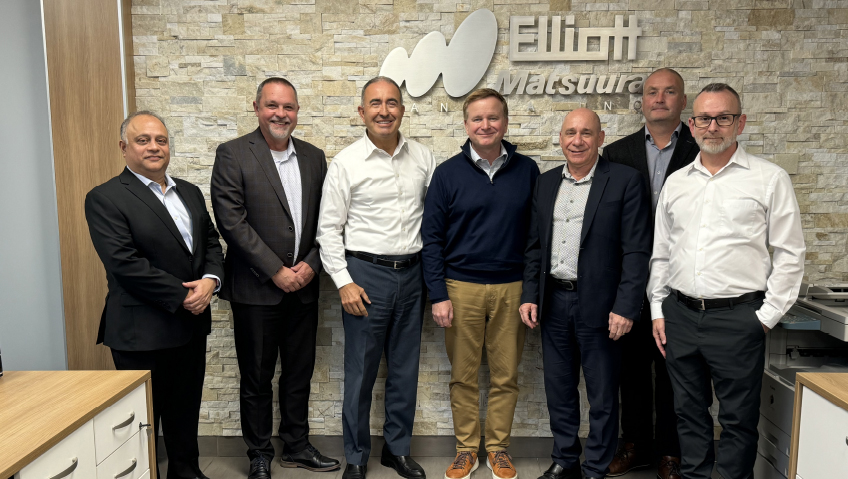Coming through three years of a pandemic has made us all more sensitive to things we would otherwise take for granted. One of the biggest of these is the air that we breathe—especially in our buildings. When you consider that we spend up to 90 percent of our time indoors and make water quality a necessity, why not air quality as well?
For some people, air quality has always been at the forefront of a healthier and better way of life. In particular, Giancarlo Sessa, Aedan Fida, and his brother Joe Fida have done more than just think about air quality, they have acted on it, forming Blade Air, a Toronto-based company that is at the forefront of sustainable solutions for indoor air quality.
From a small start-up in 2017, Blade Air’s sustainable purification systems are now helping people thrive in thousands of public buildings across Canada.
This all started when the three were in university.
“All three of us have an Italian background,” says Aedan Fida, co-founder of Blade Air. “When Joe and I were growing up, we lived right down the street from our grandparents, and Joe was the first son in our family. So every time that my grandparents needed help, Joe would be the one over there working in the garden.
Then, when Joe and I were living together at university, his way of dealing with the stress of engineering was to grow fruit and vegetables like tomatoes and cucumbers. Then he got into more exotic fruit like cherry trees, lemon trees, and lychee fruit. It became a bit of a scientific study. I mean, when you’re in university, you expect to see red solo cups all around the house, but you don’t expect to see those cups filled with dirt and seeds,” Fida says.
But with Canada being Canada, it was too cold to grow those exotic fruits, so they thought they could buy a grow locker, an enclosed system for growing plants indoors. These lockers don’t come cheap, especially on a university student’s budget. Since Joe was an engineering student, he decided to build his own.
Things were going along okay until he came across the inefficiency with the carbon filter. “It was big, it was heavy, and it had to be replaced every couple of months, and there was this big process to change it,” says Fida. Not sure how to fix this, Joe reached out to the experts he knew—some friends who were growing cannabis.
They told him that these carbon filters were the only option at that time. Joe thought that he could fix that as well. “That’s really where the idea that founded Blade Air came from,” says Fida.
A replaceable carbon filter would turn a process with almost 100 percent waste into one that would reclaim and recycle virtually everything.
“Joe focused on improving efficiencies and reducing waste. And he came to me and said, ‘Do you think this is viable? Will you help me look into this?’” says Fida.
From there, Giancarlo Sessa was included to help get the business up and running, and together they raised about $85,000 while still in university.
All of this ingenuity and resourcefulness landed the trio on Forbes’ 30 under 30 list. “You focus on the triple bottom line: your people, your planning and your profits. Caring about the environment is a huge thing and making profits while you’re finding ways to drive costs down and to create zero waste was what it was always all about,” says Sessa, now CSO of the company.
Many may not know this, but the air filtration and purification industry has been around for a long time, and many of the biggest players in the market have been there for 50 to 100 years. However, new technologies and new people are beginning to disrupt the space and change how air filters are designed and incorporated into buildings.
For example, Blade Air uses UVC energy and electrostatic polarized filters to improve air quality. The systems use less power and last longer than other filters in the market, making sustainability and cost-savings huge wins for customers.
One of Blade Air’s more prominent projects was the Distillery District in Toronto, which is a collection of historic warehouses dating back to the early 1800s, once used for whiskey production, and now home to trendy shops, residences, and offices.
In 2021, the district’s management was looking to improve the indoor air quality of the buildings. One of the significant differentiators for Blade Air was that it wasn’t focused on just one technology. And as they walked through the buildings, they worked out what kind of long-term installation would help improve air quality while also addressing the sustainability needs.
“They were looking at 18 to 24 months because they were trying to bring people back and they couldn’t afford to wait,” Sessa says of the urgency to provide a healthy environment after pandemic restrictions were lifted.
The Distillery District had already transitioned to MERV 13 filters, but the system was not designed to handle the pressure differential because of the increase in static pressure that those filters produce, so they just were not getting the airflow performance that they wanted. It became very apparent quickly that Blade Air’s electrostatic filter was going to be the best solution.
The electrostatic filter uses active polarization fields that capture micro particulates that standard filters would let pass through. And, not only could it outperform a HEPA filter in the viral range, but it also has incredibly low static pressure. That way, they could alleviate the pressure on the system while improving indoor air quality. From there, they tested the system in the buildings to see the difference.
“When we talk about indoor air quality in the context of mitigating the risk to people’s health, we’re actually talking about a particulate matter from the 0.007 range up to about 0.5 microns, which is where airborne pathogens, bacteria, viruses, and microbes live,” says Sessa. And because standard sensor packages don’t have measurements on such a small scale, Blade Air went to a third-party lab to take live culture samples.
The results showed that adding the electrostatic helped improve the bacteria capture rate by nearly 50 percent. Ultimately, they were able to maintain the system airflow, and improve the air quality by two and a quarter times, while reducing the motor consumption by 70 percent.
This story illustrates what the trio is bringing to the industry: transformative systems and a willingness to partner with customers to identify needs and deliver beyond expectations.
“We feel we are changing something that’s been stagnant for so long. Our motivation behind this innovation was not only for this industry but for many industries—bringing a sustainable aspect to filtration, which nobody else was doing,” Sessa explains.
Indoor air quality has been at front and center since the pandemic. People today are more concerned about the transmission of viruses and keeping safe than they once were. But with all that attention, there are also a lot of claims out there about what filtration can do that may need some purifying as well.
“Technology has come into the market that people do not necessarily understand and companies are not educating consumers,” says Fida, adding there are numerous instances of misrepresenting what technology can do.
Because of this, Blade Air has made a concerted effort to be thought leaders in filtration, educating people on what filters can and cannot do. “What’s driving us is to be seen as the people who you can trust and that any information you find on our website is accurate and true.”
And being young and relatively new in a long-standing industry, they’ve also got advice for other young entrepreneurs who are breaking into an established sector. As Sessa puts it: “Just know what you’re doing, have faith in what you’re doing, be confident and push!”

